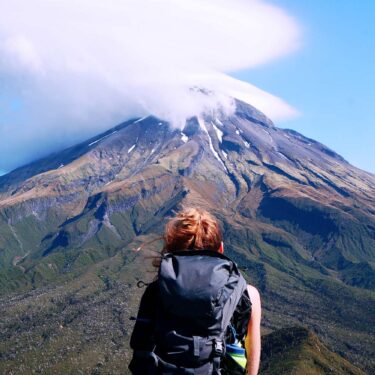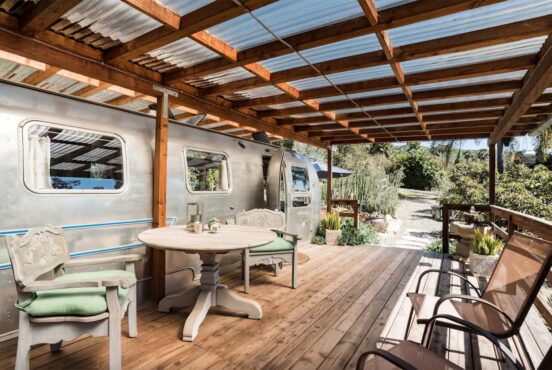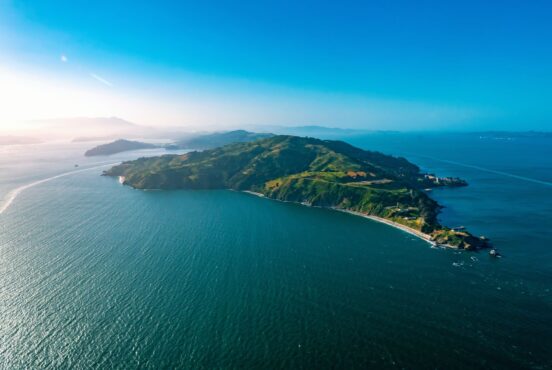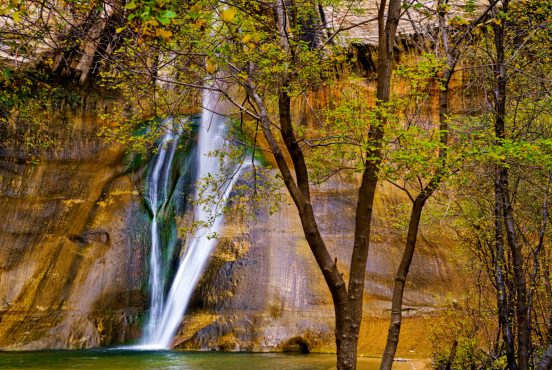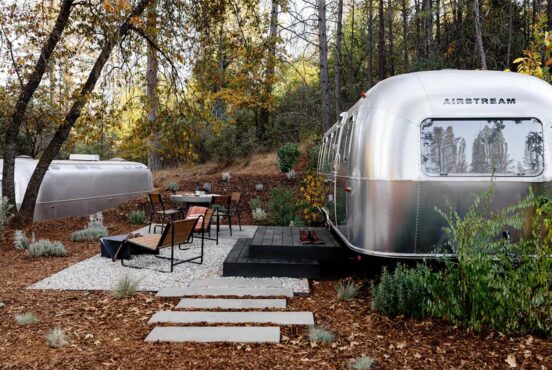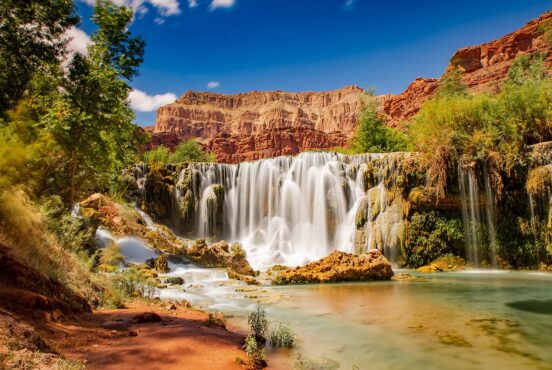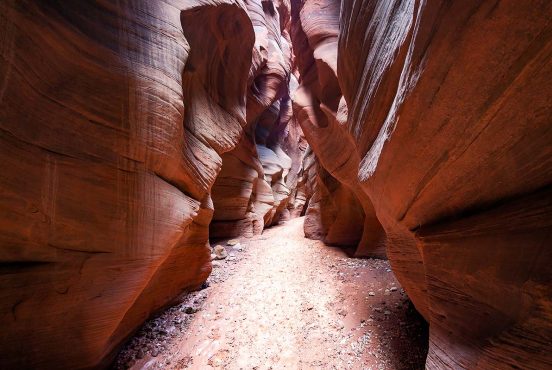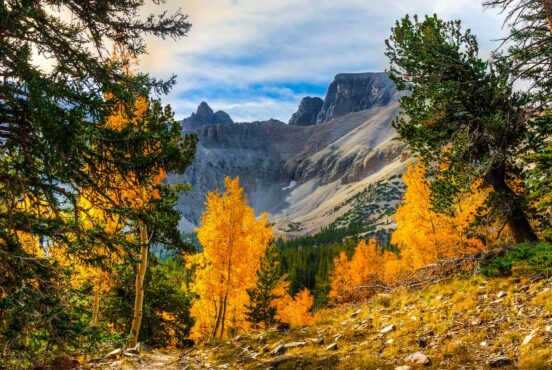Desert parks can be some of the most confounding when it comes to picking a time of year to visit.
With hiking, rock climbing, backpacking, night sky viewing, and epic glamping all on the menu at Joshua Tree, it can feel darn near impossible to choose the proper season.
Luckily, the old adage “the mountain will always be there tomorrow” is equally applicable to national parks. There’s a perfect visitation window for just about any activity that’s high on your list, and Joshua Tree is massive enough, at 800,000 acres, to return to year after year.
Below is a breakdown of the best seasons to visit this storied desert park, ranked from our most favorite to our least. Hint: they’re all spectacular in their own right.
Travel Tips for Joshua Tree
- Loads of campgrounds and fabulous Airbnb options surround Joshua Tree National Park, but they book up quickly on weekends and during the area’s high season, which typically runs October through April each year.
- If you’re considering a visit between May and October — when the daytime highs regularly reach 100 degrees or more — plan on taking a midday siesta to wait out the sizzling summer heat and maybe even rent an Airbnb with a pool to make the afternoons more palatable.
- Because of its arid desert climate, it’s crucial to bring plenty of water when hiking and camping in or near Joshua Tree. Plan on packing at least 1 gallon (4 liters) per person, per day. Cooking at camp? Pack 6 liters per person, per day.
- Cell phones don’t work in many of the remote sections of the park, even along the main road. As such, it’s a great idea to download the NPS app and any GPS trail maps you may need when exploring.
- As with any trip into the great outdoors, it’s important to always practice the 7 Leave No Trace Principles by camping on durable surfaces, not cutting switchbacks, and packing out all your trash — including used toilet paper! No one likes to see it on the trail.
The Best Time of Year to Visit Joshua Tree
Of course, the best time to visit any national park is going to be highly subjective and dependent on what outdoor activities you’re most stoked about. Here’s our list of the top seasons for different kinds of travelers.
Spring: The Best Time for Climbing and Photography
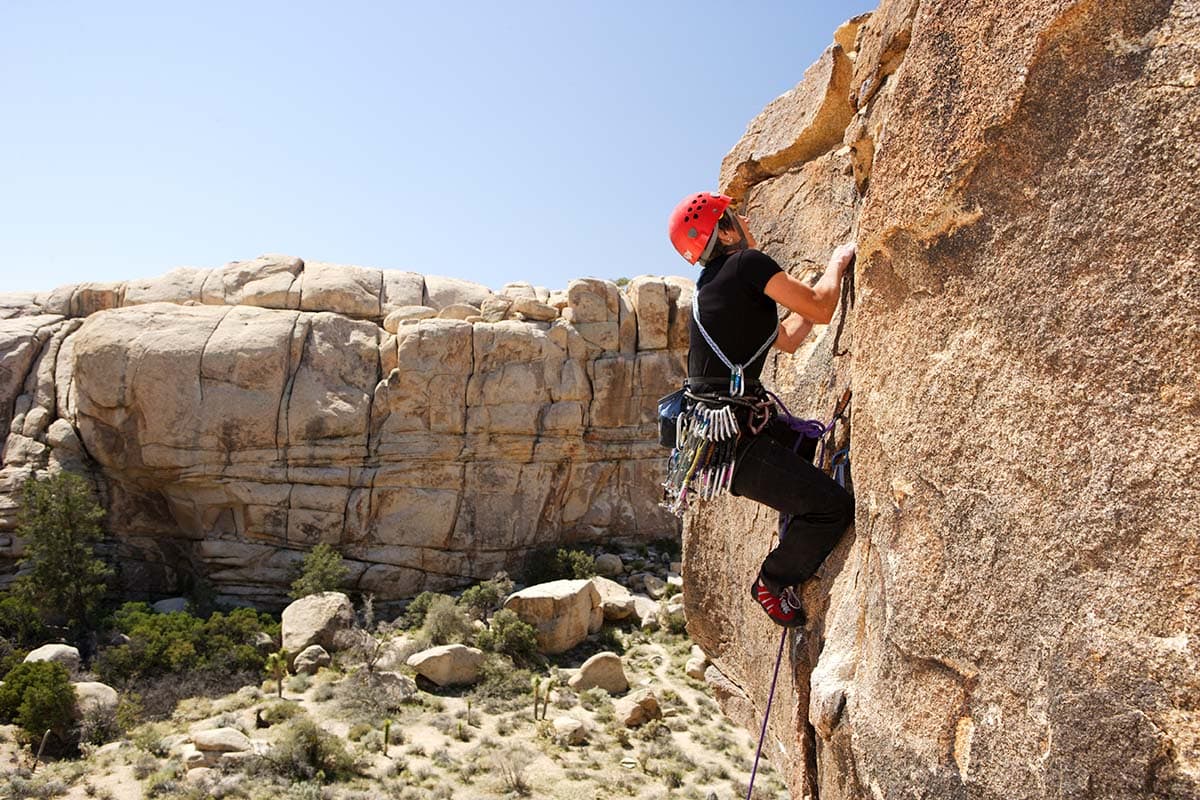
When the park’s official website states that March and April are the busiest months for visitation, it’s a good indicator that there’s something magical taking place. In Joshua Tree, the brilliant desert wildflowers begin to burst into being in late February, with their peak bloom happening from March through April. Photographers, take note.
The park has partnered with free citizen science app, iNaturalist, to create the Joshua Tree National Park Wildflower Watch, which maps out when fan favorites like ocotillos, California goldfields, and the park’s namesake yucca trees are at their most striking.
The park’s average temperature range is pleasant and warm throughout the spring, with highs rarely exceeding 86 degrees and lows rarely dipping below 43. It’s an excellent time to check out a few ranger-led activities, like “Geology Rocks” and naturalist programs at the Sky’s the Limit Observatory. For those who like to stay in the park a bit later, the Indian Cove Campground offers evening ranger talks.
Joshua Tree has also been a world class rock climbing mecca for bouldering and trad enthusiasts since the 1970s. March — April and October — November are generally considered the best months to send the gnar. If you’re new to climbing and want to try your hand at learning inside the park, many phenomenal guiding services will happily take you out on a full or half day tour.
Autumn: The Best Time for Sunset Vistas
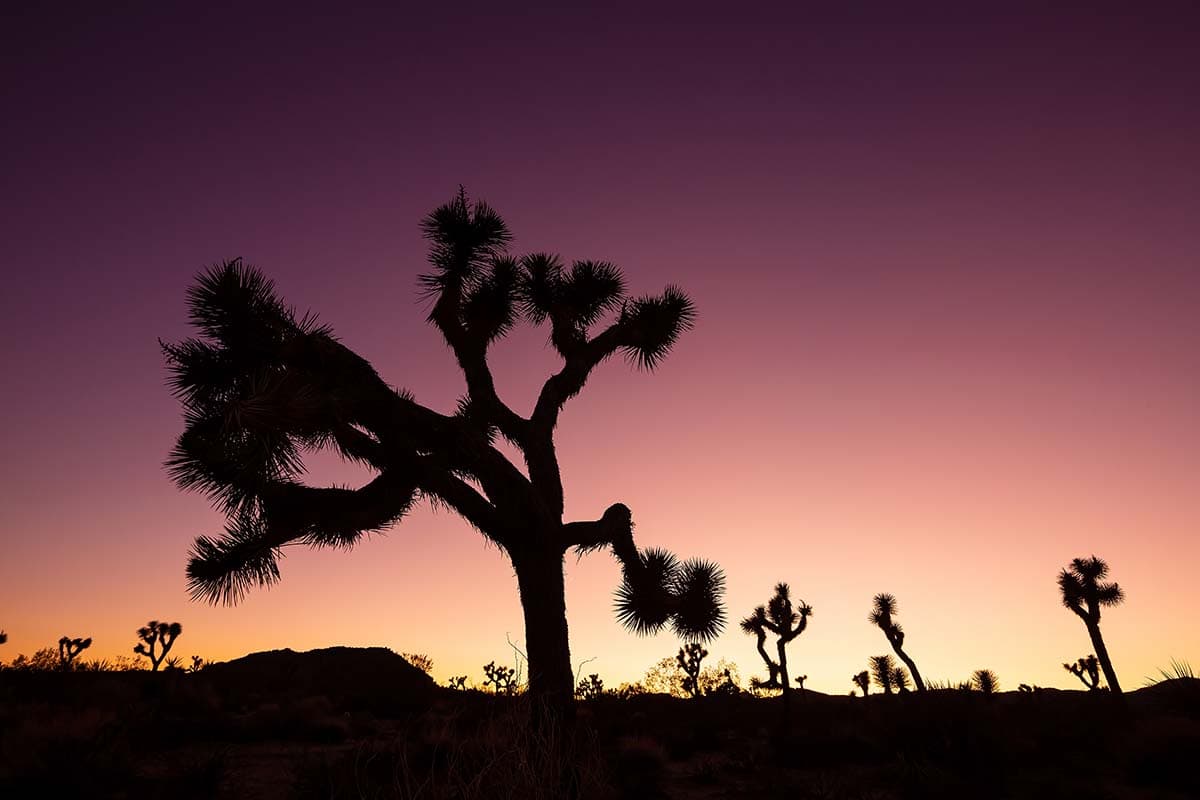
If you’d rather skip some of the springtime crowds, fall is a great season to check out Joshua Tree. Temperatures descend from the heat of summer highs into a more moderate range between 45 to 85 degrees Fahrenheit.
The days begin to shorten, too, which means you won’t have to stay up past your bedtime (or wake at 4 in the morning) to catch that perfect halo of light at the park’s Cholla Cactus Garden or take in the miles-long sunset vista from Keys View. On a clear day, travelers can gaze down at the San Andreas Fault and the Salton Sea and try to spot Signal Mountain way-off in Mexico.
The mellow temps are also a perfect excuse to head out the way the cowboys and miners used to and explore the park on horseback. Joshua Tree boasts an impressive 253 miles of equestrian trails crisscrossing its enormous park boundary. Knob Hill Ranch is a fan favorite for guided trail rides into the park.
Rock climbers and overnight backpackers also tend to flock to the park when the weather is darn near perfect in October and November. The dry conditions and mid-range temperatures make for an excellent time to try one’s hand at bouldering or pitch a tent and stare out at the psychedelic swirl of the desert sunset.
Related Read: 7 Stellar Campervan Rental Companies in Southern California
Winter: The Best Time for Big Hikes
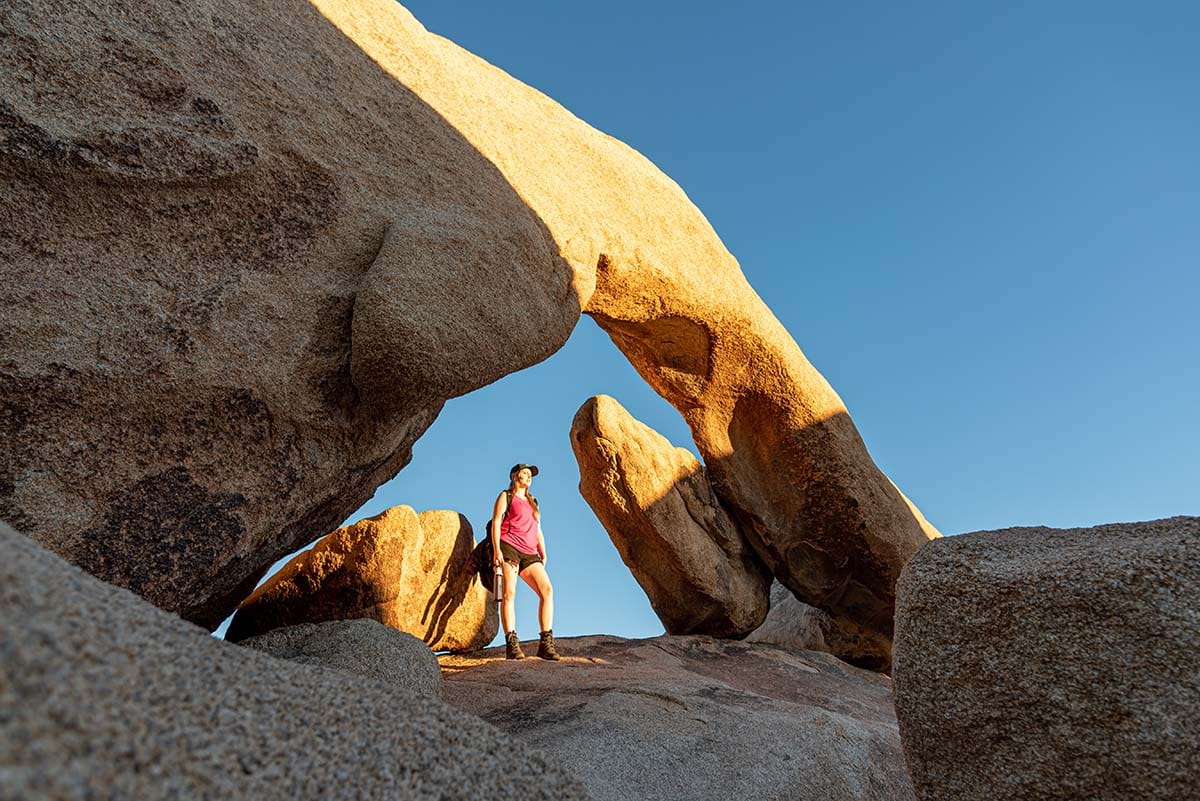
If you know you want to go big on the miles and don’t mind nippy morning and evening temperatures, winter is a great time to head out on the trail in Joshua Tree. Serious hikers will love the chance to check out a hidden stand of California fan palms on the hike to Lost Palms Oasis, and history buffs will flip for the forest of Joshua Trees and the incredibly intact gold mine ruins along the Lost Horse Loop.
If you don’t mind backpacking with the potential for below freezing temps at night (December and January average a range from 37 to 66 degrees Fahrenheit), the Boy Scout Trail is a wonderful winter trek, and with the kids in school and most tourists staying away from the cold, you’ll likely have some sections all to yourself.
With an average of only three days of precipitation throughout the entire winter season at Joshua Tree, it’s a great time to book a weekend getaway with confidence that you won’t get rained on. Just maybe spring for an Airbnb with heating or a fire pit to ward off those chilly desert nights.
Related read: Your Guide to Visiting Joshua Tree National Park in the Winter
Summer: The Best Time to Stargaze
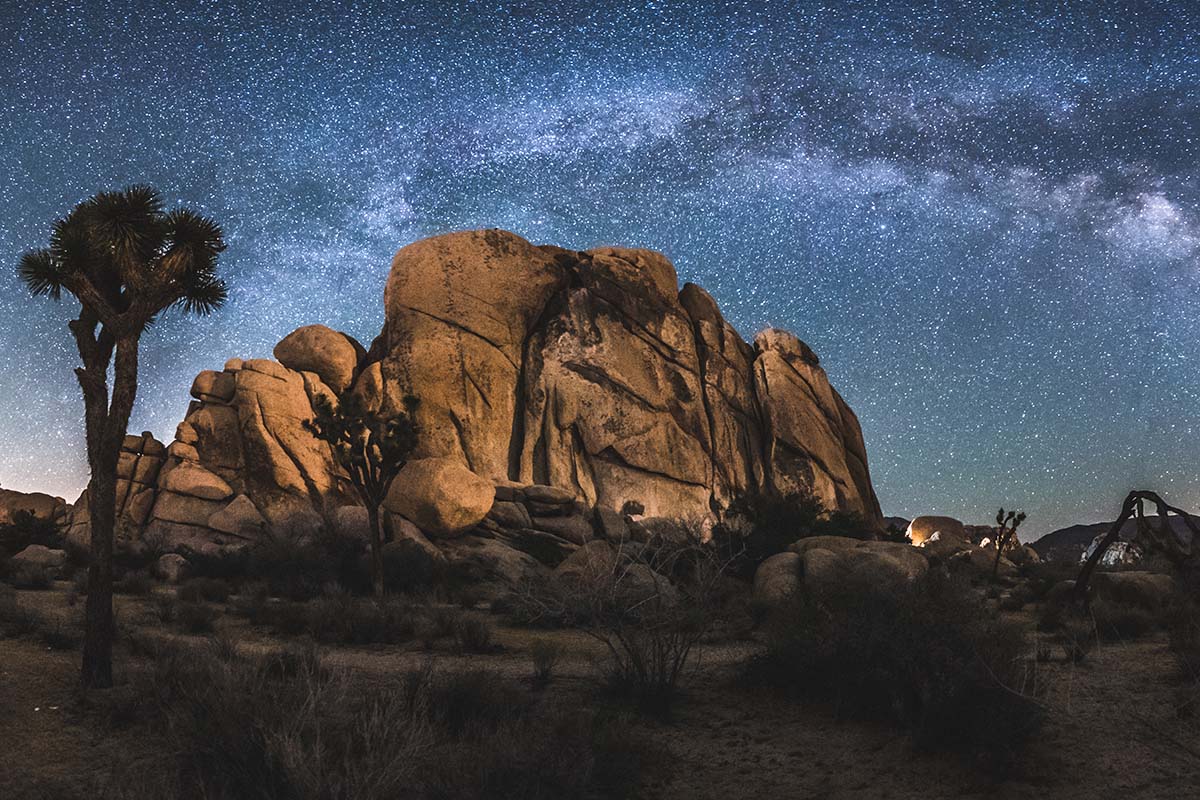
Like most desert parks in the U.S., Joshua Tree is positively scorching in summer months. The hottest temperature ever recorded in the park was a staggering 118 degrees Fahrenheit on a sunny July day.
This means that most savvy adventurers steer clear of the park from June through August, and even into early September. It’s too hot to hike comfortably, few animals are out, and climbers sweat so much that they slide right off the wall. However, for night sky seekers, the park after dark holds a wealth of opportunities.
Joshua Tree has been designated a silver-tier dark sky park by the International Dark-Sky Association. This means that the park is remote enough and has taken the steps within itself and its surrounding communities to evade light pollution and keep its phenomenal views of the Milky Way pristine. The park suggests “avoiding the moon” and visiting during new moon windows for the best look at our neighboring stars.
Each year, typically in September when temperatures still feel like summer, the park hosts a Night Sky Festival, where amateur astronomers from across the country can purchase tickets to gather with their telescopes and share in the majesty of space. Be aware — last year, the event sold out.
If you’re hell-bent on visiting during the summer because you’re off work or the kids are out of school, we’d highly recommend skipping the tent and bedding down at a comfy Airbnb to wait out the sweltering afternoon heat. “Go early or go late” is going to be your travel mantra during these months, with sunrise and sunset hikes providing the best conditions to hit the trail and explore.
More Desert Adventures
Get epic travel ideas delivered to your inbox with Weekend Wanderer, our newsletter inspiring more than 10,000 readers every week.
Seen in: California, Joshua Tree National Park, National Parks, Southwest

